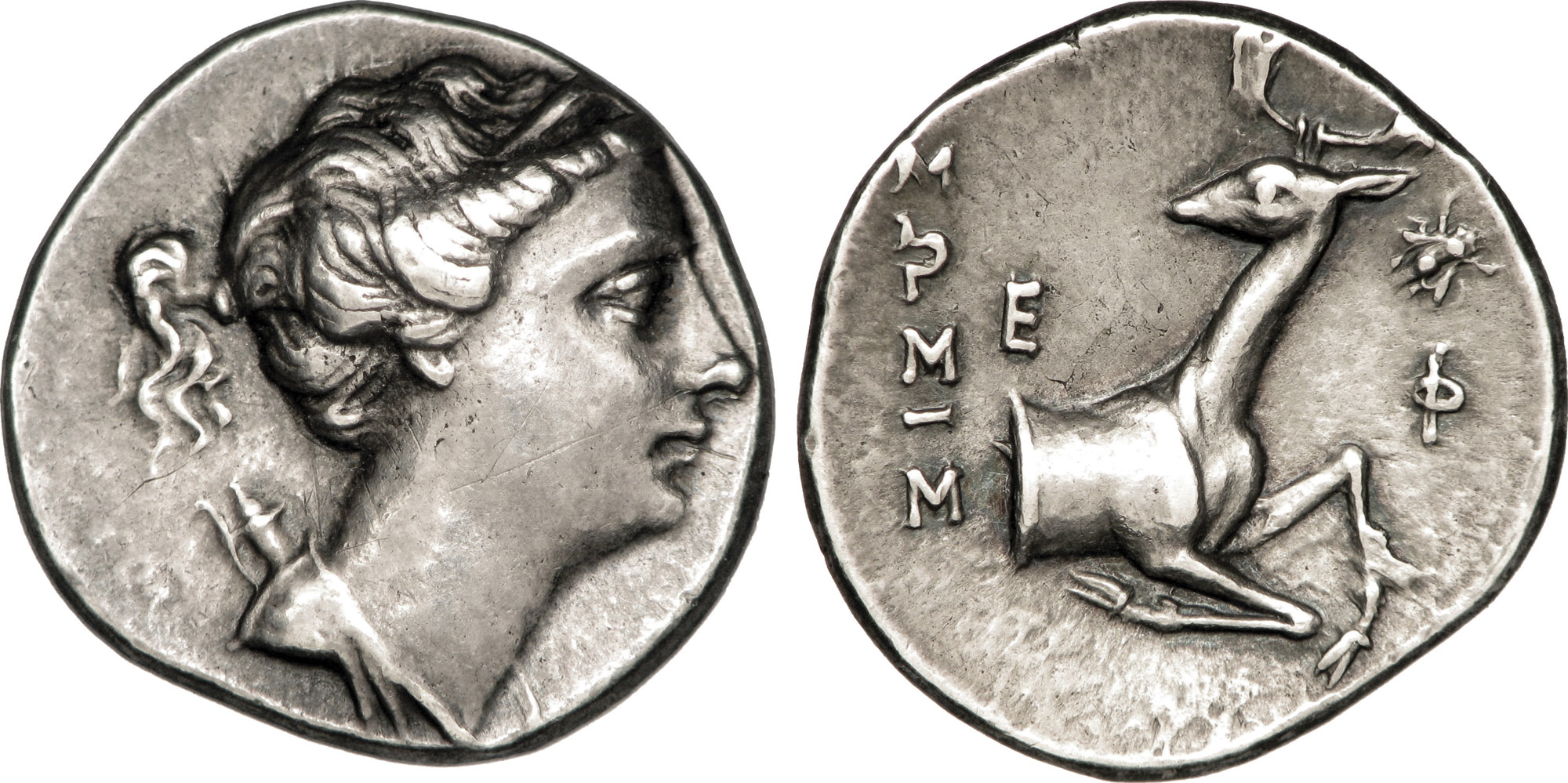Painting what you know, vs. what’s actually there.
Yesterday I was visited by a filmmaker from Wisconsin. Patrick Walters is in Rockport for a workshop at Maine Media Workshops being taught by my pal Terri Lea Smith. I didn’t catch his name when he texted, so I didn’t look him up beforehand. That meant I had no preconceptions and did no prep.
I thought he was looking for background shots for a film, “b-roll” as he called it. He would photograph a few things in my studio, ask me some cursory questions and move on. Instead, we talked for nearly an hour. What seems to fascinate him is the question of seeing, or re-seeing, the familiar, as he termed it.
The first thing that ought to go out the window in plein air is slavish fidelity to reality. Painters can aggressively edit subjects on the fly in a way that traditional photography (in contrast to Photoshop) can’t. Walters asked me how we do that.
| Sunset near Clark Island, by Carol L. Douglas |
The easiest way is through the discipline of drawing. It’s where you can experiment without wasting hours on a painting that won’t work. Drawing saves time, and it helps you narrow your focus. All of the important design work in a painting is contained in the drawing. The better you know your subject, the better you’ll paint it.
We spoke about seeing what you know, rather than what is actually there. Art students are told early on to stop drawing “an eye” or “a hand” and actually try to draw what’s in front of them, but that’s an easy lesson to forget. Walters told me about painter Bo Bartlett’s experiences with vision, chronicled in the movie SEE. As Bartlett’s vision ebbed temporarily, he substituted what he expected for what was actually there.
 |
| A lobster pound at Tenants Harbor, by Carol L. Douglas |
For years, Rockport harbor was home to a red lobster boat called Becca & Meagan. Many artists have painted or photographed it over the years, including me. One summer, I held my class at the harbor. A new watercolor student chose our red lobster boat as her subject. “You’ve got the hull wrong,” I told her, and corrected it. She, in her own turn, drew it back the way she saw it. We seesawed back and forth through most of the class, both of us getting frustrated. Finally, she interrupted me and insisted that I look again. I realized Becca & Meagan had been hauled and replaced by Kenny Dodge’s new red lobster boat, Hemingway. What I ‘knew’ had overwritten what I was seeing.
Familiarity helps us telegraph our drawing, but it does have pitfalls. Still, I think it nets the best pictures. The value of my road trips is not necessarily in the high finish of the work, because it isn’t finished at all. Rather it’s in learning new ways to see, to represent atmospherics, and to measure distances.
 |
| Anticipation, by Carol L. Douglas |
Paul Cézanne painted Mont Sainte-Victoire more than 60 times. His familiarity with the mountain meant he didn’t have to waste time exploring its contours. He was free to experiment with mark-making and composition instead.
His Mont Sainte-Victoire paintings also demonstrate the flexibility artists have to manipulate their subject. From his vantage point on Les Lauves, he could see the Croix de Provence, which stands 19 meters tall on the highest visible ridge. It’s been there for a long time and is a notable landmark in the region. Cézanne edited it out. Doing so allowed him to focus on the mass of the mountain itself.




